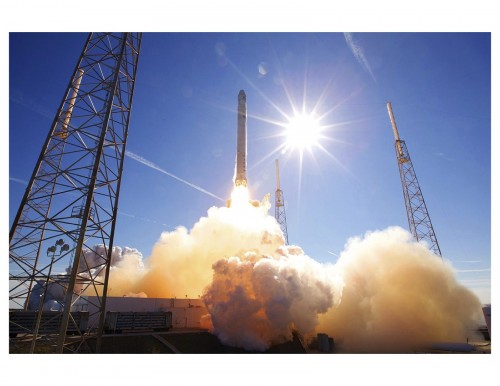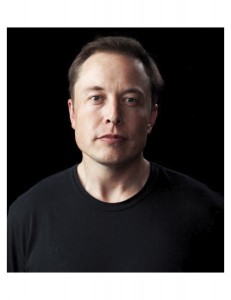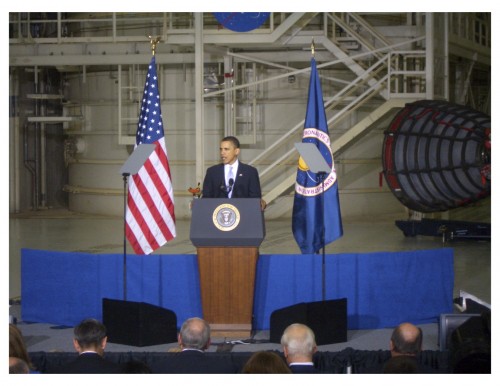
It’s a sad reality that the U.S. space program championed by figures like President John F. Kennedy half a century ago has now undeniably withered. Talk of the impending fiscal cliff has caused politicians on Capitol Hill to prioritize their agendas according to nothing but the harrowing economic escarpment. Fearful for the future health of this nation’s economy, politicians on both sides of the spectrum have become increasingly polarized on issues that certainly demand cooperation. Yet, the matters subject to the most neglect are often the ones politicians actually do agree on.
NASA receives widespread bipartisan support in a Congress where gridlock is the norm. In fact, scholars at George Washington University argued that no matter who claimed victory in November’s presidential race, the plans Obama established for NASA would remain the status quo. President Obama changed NASA’s direction in 2010 from one of revisiting the moon to one with aspirations of being the first group to place a man on a near-Earth asteroid by 2025 and to get a man to Mars in the 2030s. However, in a time when federal funding is variable and aspirations often exceed technological capacity, the aforementioned dates are only tentative. NASA’s 2013 budget of $17.7 billion is in danger of being slashed along with many other funds in the coming year.
But there is hope.

Companies like California-based SpaceX have gradually become more prevalent in the United States — a change that indicates progress toward further outer space exploration. Prodigious entrepreneur Elon Musk founded SpaceX in 2002 among his other well-known companies: Tesla Motors and PayPal. Musk, a self-made billionaire, is now the fifth entity to have launched a space capsule to the International Space Station (ISS), the four other being the United States, European Space Agency (ESA), Japan, and Russia. Sound reminiscent of luminary Tony Stark, the main character from the movie Iron Man? It should; Musk is the alleged inspiration for Stark’s character.
Amidst the fiscal constraint on NASA, which disbanded its use of the space shuttle Atlantis in July 2011 and relied on Russia to transport American astronauts to the ISS, SpaceX is attempting to drive down the cost of traveling to outer space by revolutionizing commercial spaceflight. With the exception of the metals that come into its factory, SpaceX completely designs its Falcon 9 rockets from the software in the interior to the design of the exterior. Musk’s company shocked the world in October when its Dragon capsule made an impeccable landing on the orbiting ISS, despite a faulty ascent through the Earth’s atmosphere. The Dragon capsule, unlike the cargo crafts of ESA, Japan, or Russia, is designed to make missions back to Earth after its stopover on the ISS. It’s no coincidence that NASA currently has a $1.6 billion dollar contract with SpaceX for 12 future missions to replenish the ISS.

In Musk’s mind, nothing is ever satisfactory. He has ideas of a “fifth mode of transportation,” vertical lift-off jets, as well as sending astronauts to Mars in 10 to 15 years on behalf of SpaceX. So while the current economic climate does not forecast reliable government funding for NASA, the United States’ space program will likely be salvaged by its collaboration with private companies like SpaceX.
